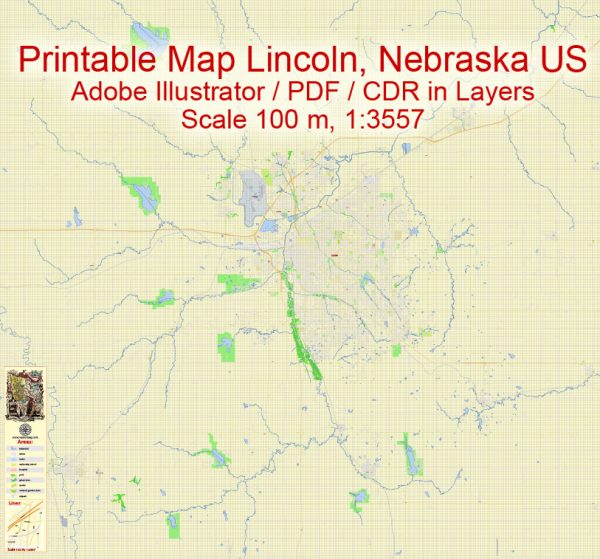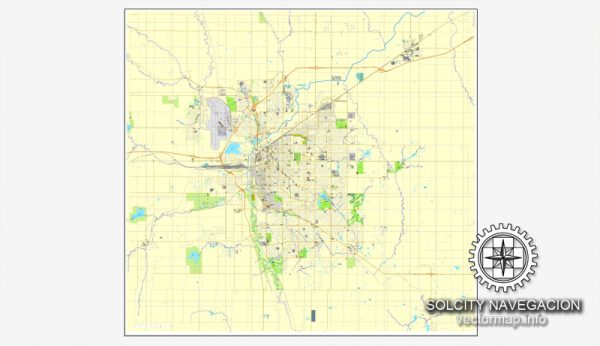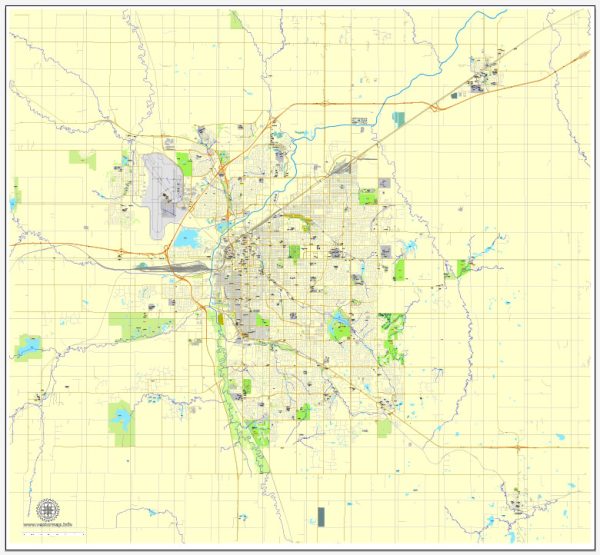General overview of the history of urban development in Lincoln, Nebraska. Keep in mind that more recent developments may not be covered.
Lincoln, the capital city of Nebraska, was founded in 1856 and selected as the state capital in 1867. Its early development was influenced by its location along the transportation routes of the time, including the Platte River and the Union Pacific Railroad. The city’s growth was further boosted by the Morrill Act of 1862, which led to the establishment of the University of Nebraska in Lincoln in 1869.
The late 19th century saw the expansion of Lincoln’s economy, with agriculture and manufacturing playing significant roles. The city’s population grew steadily, and by the early 20th century, it had become a hub for government, education, and commerce in the region.
The city’s urban development continued throughout the 20th century. The construction of the Nebraska State Capitol, completed in 1932, is a prominent landmark and a symbol of the city’s growth. The post-World War II era brought suburbanization trends to Lincoln, with the development of residential areas and the expansion of the city’s infrastructure.
In recent decades, Lincoln has experienced continued growth and development. The city has seen expansions in its educational institutions, including the University of Nebraska-Lincoln, and has attracted diverse industries. The revitalization of the downtown area, including the Haymarket District, has been a focus, with efforts to preserve historic architecture while promoting economic and cultural activities.
The city has also invested in parks and recreational spaces, contributing to the overall quality of life for its residents. Additionally, Lincoln has made efforts to enhance its sustainability practices, reflecting a broader trend in urban development toward environmentally conscious initiatives.




 Author: Kirill Shrayber, Ph.D.
Author: Kirill Shrayber, Ph.D.